Laurel Canyon: The LA rock scene of the 1960’s
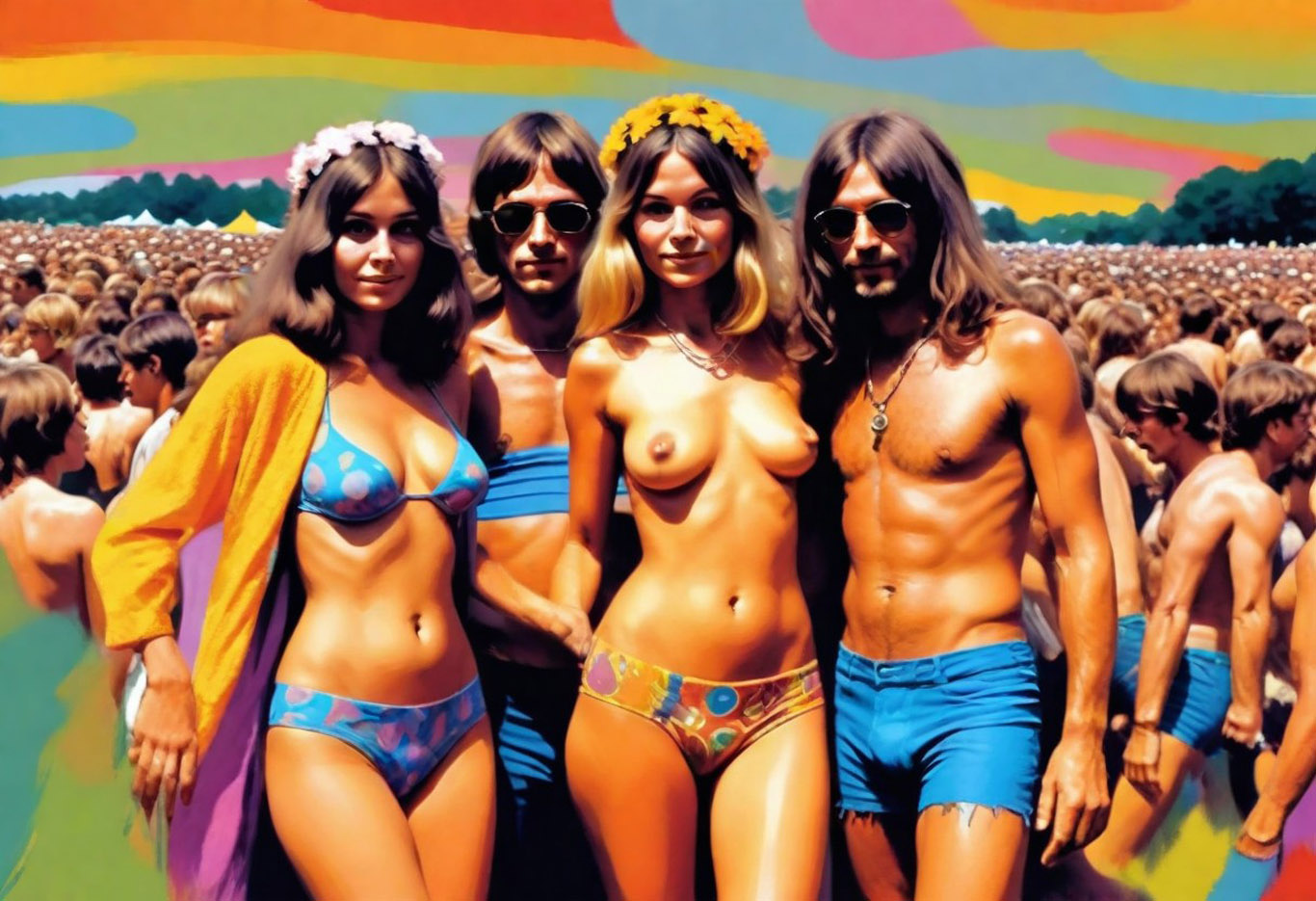
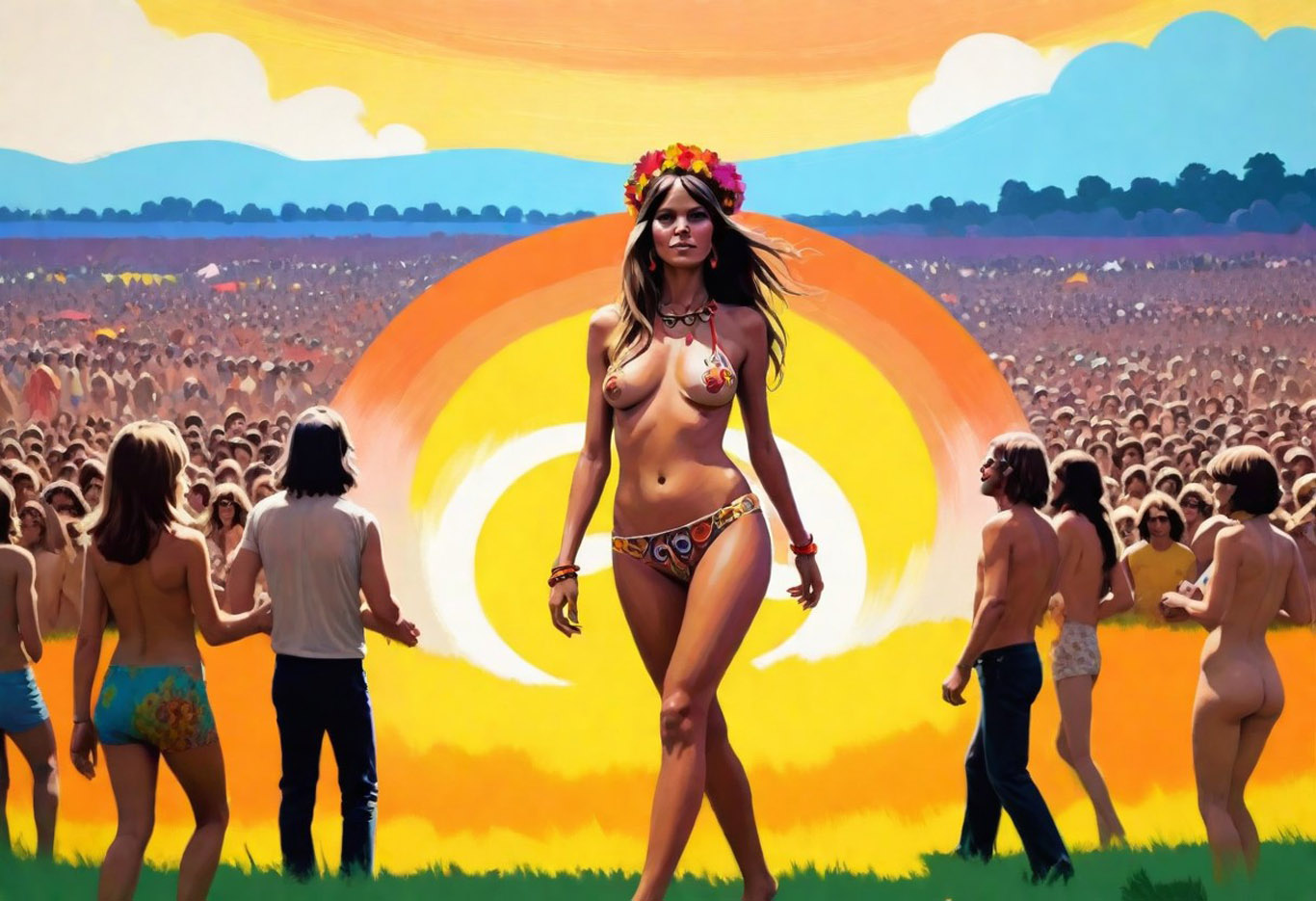
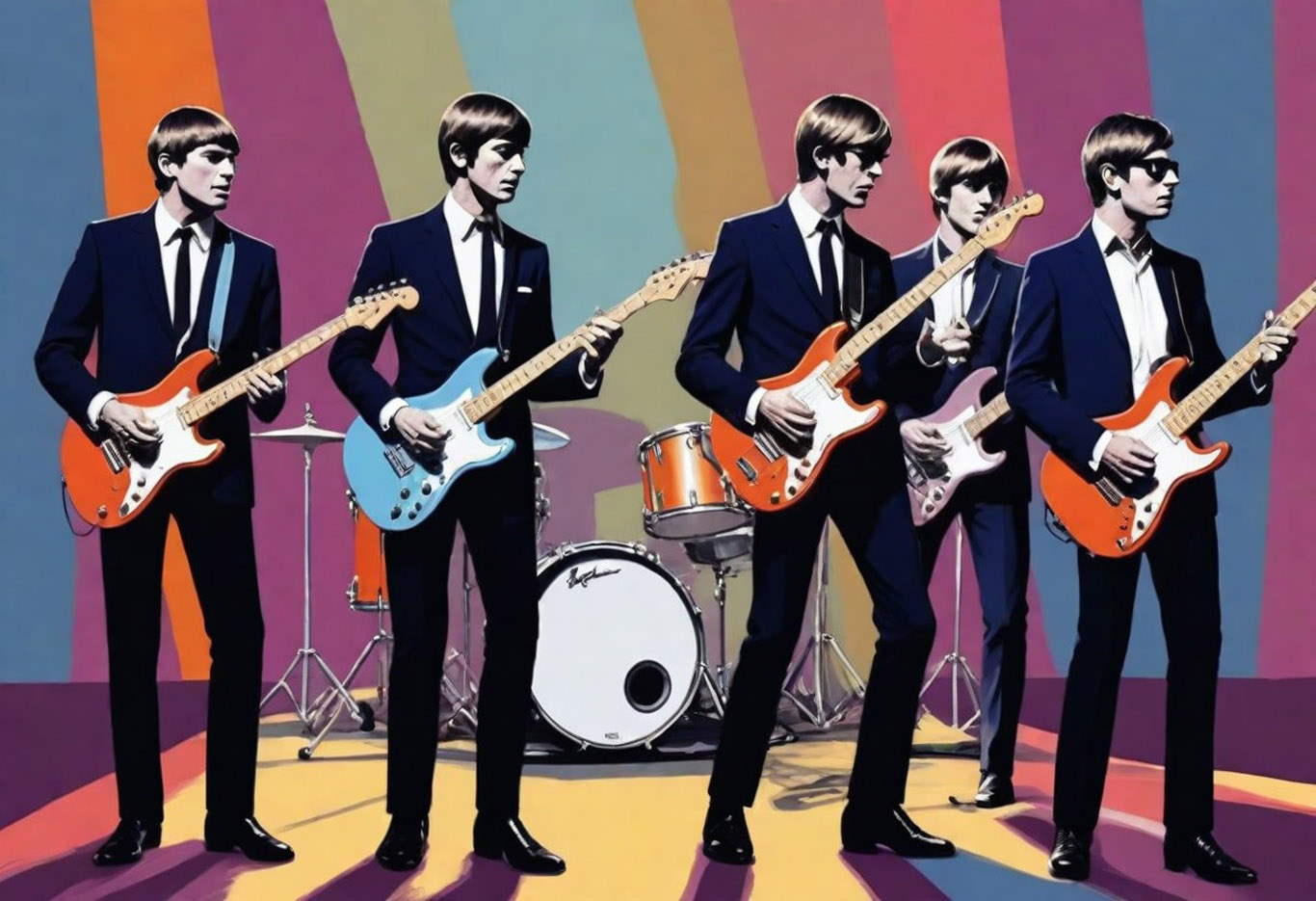
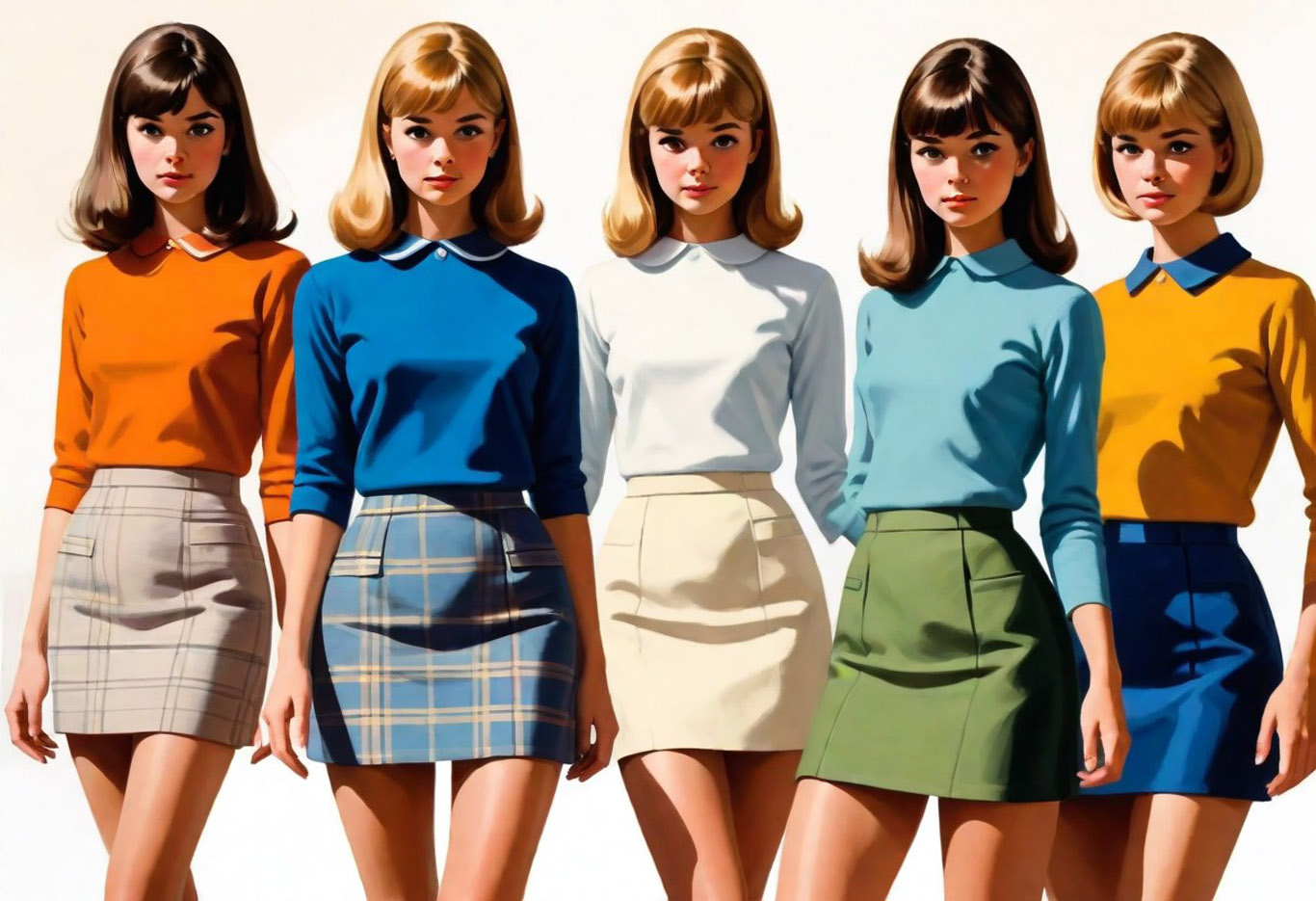
In the sun-soaked sprawl of Los Angeles during the 1960s and early 1970s, something magical was unfolding in the music scene. This was a time and place where music wasn't just part of the culture—it was the culture, and its epicenter was Laurel Canyon. Imagine winding up the narrow streets, with bungalows and cottages tucked away under towering oaks, and you might just hear the strains of a guitar riff floating on the breeze or catch the soft harmonies of a song that would soon be played on radios across the country.
I just watched "Laurel Canyon: A Place in Time", a two-part documentary television series directed by Alison Ellwood, which intricately explores the evolution and impact of the Laurel Canyon music scene in Los Angeles during the late 1960s and early 1970s. The series vividly captures a pivotal moment in rock music history, highlighting the confluence of talent that congregated in a seemingly idyllic neighborhood nestled in the hills above Los Angeles. This magical enclave became the birthplace of some of the most iconic music of the era.
The Summer of Love may have ended badly, with the Manson Murders, but the journey was an interesting one.
Buffalo Springfield Starts It All
It all started with Buffalo Springfield. The band was like a supernova—brilliant and destined to burn brightly but briefly. Stephen Stills and Neil Young, two of its powerhouse members, met at a traffic jam on Sunset Boulevard, of all places. Their fusion of rock, folk, and political lyrics captured the spirit of the times, creating anthems such as “For What It’s Worth,” which became a rallying cry for the counterculture movements.
But as it often happens with bands so bright, internal tensions and creative differences led to their split. However, the end of Buffalo Springfield was just the beginning for Stills and Young, who would carry their intense creativity into another legendary formation.
Crosby, Stills, Nash & Young: A Super Group Forms
David Crosby, expelled from The Byrds for his outspoken opinions and burgeoning creative ambition, was looking to start something new. Graham Nash, feeling stifled in The Hollies, was drawn to the creative freedom he saw in Crosby. When Nash met Stills and Crosby and harmonized with them for the first time, Nash described it as a chill going down his spine; he knew immediately that this was it.
I knew straight away that this what I would be doing for the next 10 years!
Nash and Crosby would visit other musicians in Laurel Canyon and say, “listen to This”. It’s rare that voices blend so well, usually sibling vocal bands like the Everly Brothers, everyone wanted that sound, and this was it!
Add Neil Young to the mix, and Crosby, Stills, Nash & Young (CSNY) were born, their harmonies and politically charged songs defining an era.
It’s fair to touch on the darker aspects of the scene, including the impact of fame and drug abuse. Nash said of Crosby…
When I met him, I had this whole conversation during which he rolled this massive joint without even looking!
The Byrds and Beyond
While Crosby was pioneering folk-rock with CSNY, his former band The Byrds was also evolving. Roger McGuinn kept the band going, and with new members like Clarence White, they explored country rock, especially in albums like "Sweetheart of the Rodeo." This album would profoundly influence the genre, pushing more bands to blend rock and country.
Enter the Eagles
The Eagles, formed by Glenn Frey and Don Henley, were initially brought together as a backing band for Linda Ronstadt. Ronstadt, a fixture in the LA music scene with her powerful voice and mix of rock, country, and folk, encouraged their formation. After backing her, Frey and Henley decided to fly solo (pun intended), creating the Eagles. Their smooth rock sound, with hits like "Take It Easy" and "Hotel California," would come to define the softer side of rock in the 70s.
The Ladies of the Canyon
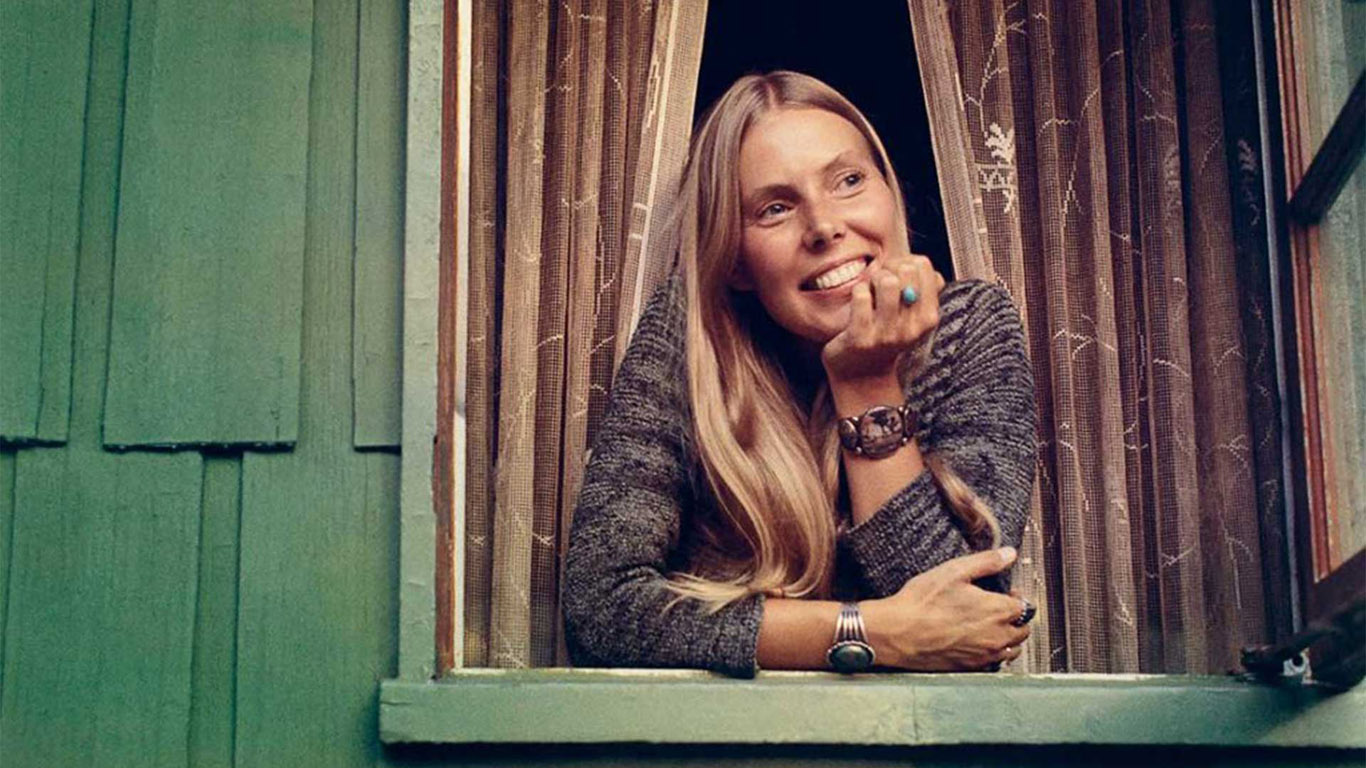
Amid these male-dominated bands, powerful female voices emerged as forces unto themselves. Joni Mitchell, with her poetic lyrics and unique guitar tunings, offered a deeply personal look into life’s emotional complexities through albums like "Blue." Linda Ronstadt brought a new femininity and power to rock and roll, while Bonnie Raitt's bluesy guitar licks and strong vocals carved out a significant space for women in the rock and blues genres.
Of course, the musicians of Laurel Canyon interacted outside music too, none more famously than Joni Mitchell and Graham Nash who it is fair to say were the love of each other’s lives, even if star crossed.
At the center of the scene was Mama Cass of the Mamas and Papas who took the role of earth mother, nurturing talent and having barbecues that served a roster of musicians who would later become rock royaly.
Nights at the Troubadour
The Troubadour club in West Hollywood was where these artists hung out, played, and listened to each other. It was the proving ground for upcoming musicians and a place where legends were made. Elton John played his first US show there; the Eagles met there; and it was where Don Henley and Glenn Frey formed one of the most successful musical partnerships in rock history.
The Musical Tapestry
This era was more than just a collection of individual artists or bands—there was a web of personal and professional relationships that connected them. They lived near each other, played together, and inspired each other. This closeness fostered a collaborative spirit that pushed them to experiment and create some of the most enduring music of the 20th century.
There was no competition really, we were all rooting for each other.
As the 70s wore on, the innocence of the 60s faded, and the music industry became more commercial. The raw creativity of Laurel Canyon evolved as artists moved on, physically and stylistically. But the music they made during those golden years continues to influence musicians and fascinate music lovers, holding a place in time that feels both a world away and as immediate as a needle dropping on a vinyl record.
This journey through the Los Angeles music scene of the 60s and early 70s shows us how places, people, and the times they live in can converge to create something truly extraordinary. It wasn't just about the music; it was about a moment when everything seemed possible.
If I hade a time machine this is where I would set the flux capacitor for! Roll out the De Lorean!
NEXT >> market music on facebook